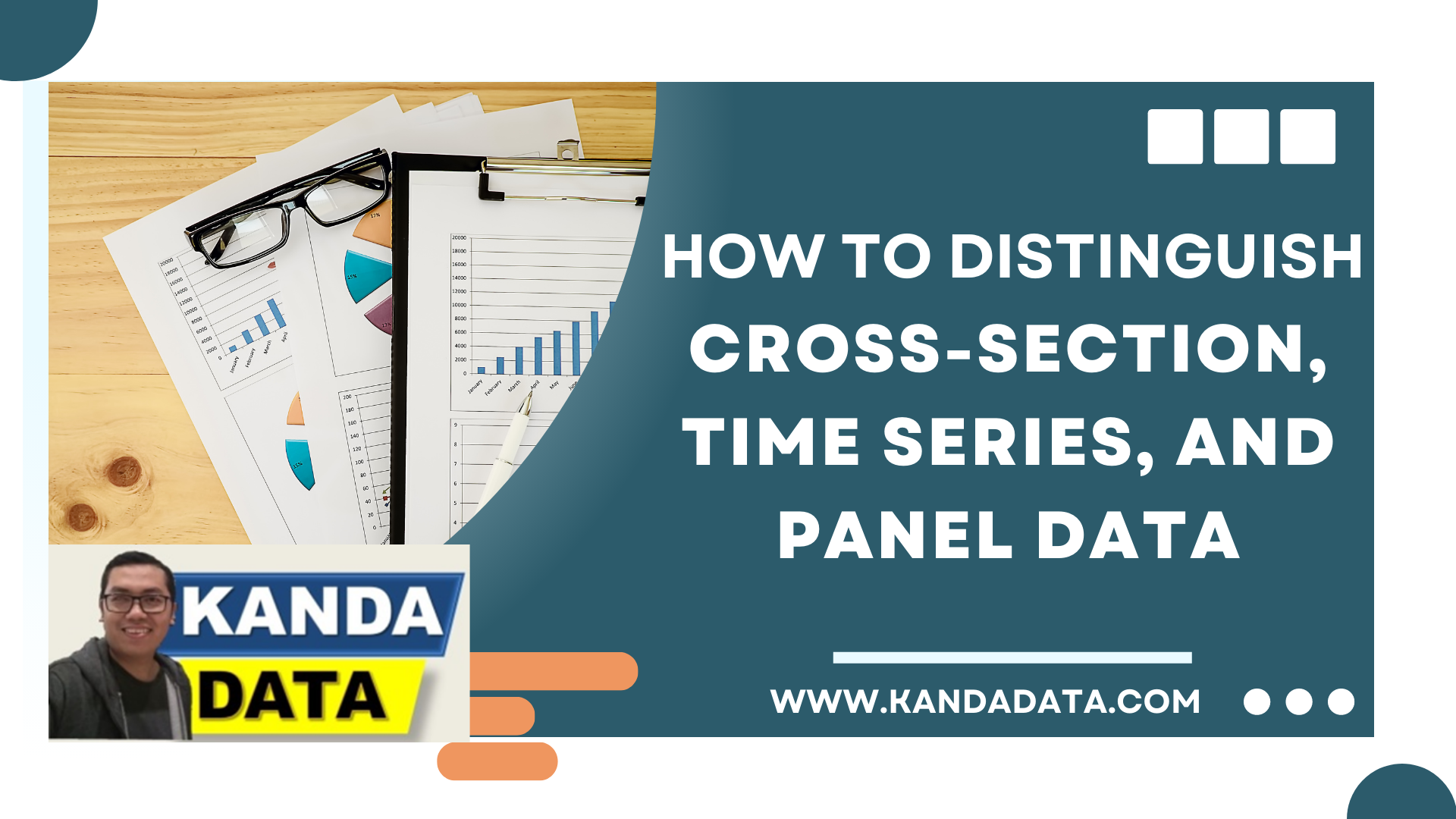Blog
How to Distinguish Cross-Section Data, Time Series Data, and Panel Data
Based on the collection method, data can be divided into cross-section, time series, and panel data. A good understanding of the differences between the three types and how to collect the three types of data will lead to the right choice of analysis.
In testing the research hypothesis, we will carry out a series of data collection and analysis stages. Furthermore, based on the results of data collection and analysis, the results of statistical hypothesis testing from our study can be seen.
Cross-section, time series, and panel data differ in how the data is analyzed. Therefore, to choose the correct data analysis, we need to understand the different ways of collecting cross-sections, time series, and panel data.
Cross-Section Data (Definition and Example)
Cross-section data is collected from several observation units/individuals/subjects at one time period. This observation unit can include data on farmers, breeders, consumers, companies, and other data. As for one time period, namely data collected in one time period, for example, data collected in the last 1 year or data on current existing conditions.
An example is a researcher conducting research on the effect of fertilizer and seed inputs on rice production. The researcher then collected 250 farmers as a unit of observation. Data on the amount of fertilizer, seed, and rice production were collected based on data from the last harvest period. This researcher collects data called cross-section data.
This cross-section data is generally obtained from survey research activities in the field. In cross-sectional data, researchers can explore many variables that will be used according to research objectives.
In this case, the researcher limits the variables to be measured in the study. Thus, complete and detailed data can be obtained following the research objectives in cross-sectional data.
However, in carrying out data collection, researchers or enumerators need to have the same perception of the questionnaire instrument and have skills in conducting good interviewing techniques for respondents.
